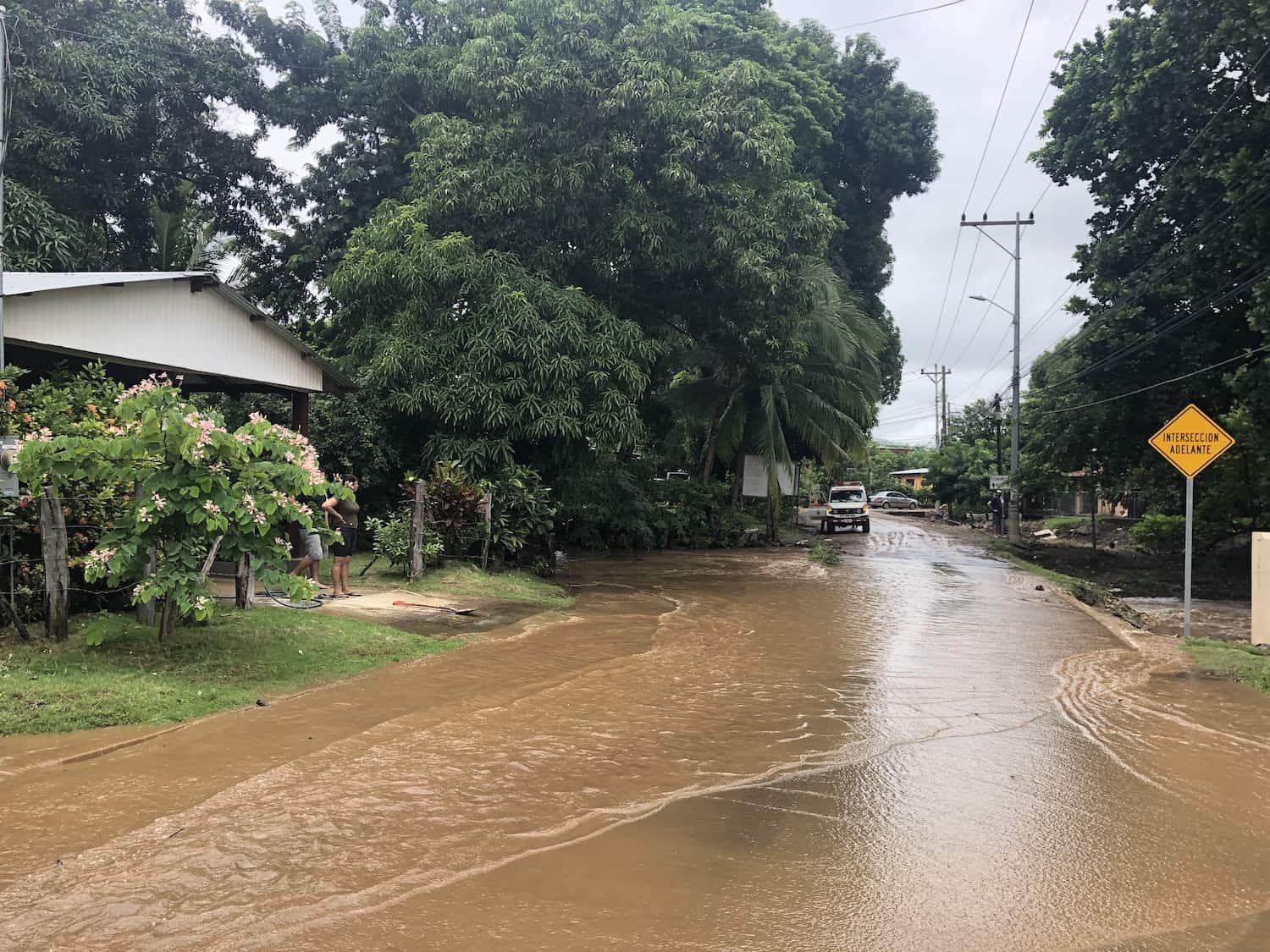Costa Rica’s rainy season, starting in June, “will be more intense than normal” according to forecasts by the National Meteorological Institute (IMN). The Institute warns that there is even a possibility that one or two cyclones could originate or cross the Caribbean.
Heavy rains are expected to cause various problems on national roads, which are already deteriorated. The National Roads Council (Conavi), indicated that since February 2021 there has been no investment in road maintenance due to lack of funds. It is important to note that the maintenance of several roads was in charge of companies involved in the “Cochinilla Case.”
In order to finance the much-needed road repairs, an extraordinary budget must be processed, which contemplates repairs in water management, slopes or demarcation. This budget has not yet been approved.
There are heavily traveled highways such as Route 27 (San José-Caldera), the Interamerican Highway South (specifically at the Cerro de la Muerte pass), Route 2 near Cambronero and Route 32 (San José-Limón), which have significant damages and are in urgent need of repair.
According to the National Laboratory of Structural Models (Lanamme), the aforementioned highways are the ones with the most vulnerable points, which could put those who travel on them at risk.
Roy Barrantes Jiménez, engineer and coordinator of Lanamme’s National Road Network Management and Evaluation Unit, explained that the report on the state of the road network warned about the poor state of the roads and their significant degradation.
“Beyond the forecasts, the road network is much more vulnerable than last year because we are without conservation contracts. No stabilization work has been done in risk sites, we have no response capacity due to the lack of resources”, added the engineer.
Meanwhile, the National Meteorological Institute indicated the months of September, October and November will present “above normal” rainfall conditions. In the past, Costa Rica has seen the effects of heavy rainfall and poor road management: landslides, giant potholes, road collapse, rocks falling from slopes and serious car crashes due to terrible road demarcation.
The director of Conavi, Hannia Rosales, acknowledged the attention to vulnerable areas requires funds that the Council does not have, but she assured that it does have resources to deal with unforeseen events.
“Visits have been made with specialists and the sums that have to be made available are important. At this moment Conavi does not have a solvent budget to provide definitive attention to these recurring problems. An amount has been set aside for the attention of unforeseeable events,” she explained.
We are not totally unprotected, we do have funds for unforeseeable events”, she added.
However, the problems are very grave. Lanamme warns that major interventions are required, as these tasks do not prevent landslides, collapses, nor the natural deterioration of the asphalt layers.
“Rains, poor drainage management, most roads without maintenance and the normal return to work and economic life where flows increase, are elements that add to the accelerated deterioration,” declared Lanamme’s coordinator.








